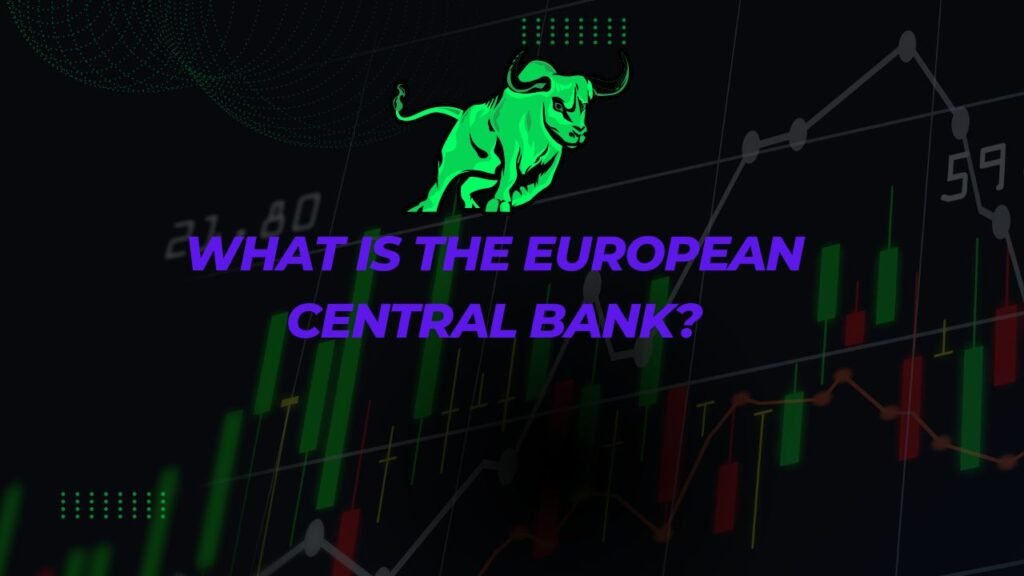
What is the European Central Bank? Often referred to as the ECB, it stands as a central pillar in the financial architecture of Europe. This blog post will take you on an insightful journey to understand the European Central Bank’s role, functions, and impact on the European economy and beyond.
The European Central Bank: An Overview
Birth and Purpose of the ECB
The European Central Bank was established in 1998, following the Treaty of Amsterdam. Its primary mission is to maintain price stability in the Eurozone, the group of European Union countries that have adopted the Euro as their currency.
Structure and Governance
The ECB’s decision-making bodies include the Executive Board, the Governing Council, and the General Council, each playing a crucial role in the bank’s functioning and policy-making.
Key Functions of the European Central Bank
Monetary Policy Leadership
The ECB is responsible for setting and implementing the monetary policy for the Eurozone. This includes key decisions like setting interest rates and controlling the money supply to ensure economic stability.
Banking Supervision and Financial Stability
The ECB also plays a pivotal role in supervising significant banks within the Eurozone, ensuring the stability and safety of the banking system.
The ECB in Action: Real-World Impacts and Decisions
Navigating Economic Challenges
The ECB has been instrumental in steering the Eurozone through various economic challenges, including the financial crisis of 2008 and the more recent economic impacts of the COVID-19 pandemic.
Influencing Global Markets
Decisions made by the ECB can have a profound impact on global financial markets, influencing everything from exchange rates to investment flows.
FAQs: Demystifying the European Central Bank
Q: How does the ECB differ from other central banks?
A: The ECB represents multiple nations, making its policy decisions impactful for the entire Eurozone, unlike central banks that cater to single countries.
Q: Can the ECB print money?
A: Yes, the ECB has the authority to issue banknotes within the Eurozone, playing a key role in the region’s monetary policy.
Q: How does the ECB’s policy affect everyday Europeans?
A: ECB policies can influence inflation rates, borrowing costs, and overall economic stability, directly impacting the financial well-being of European citizens.
Conclusion: The European Central Bank’s Integral Role in the Economy
What is the European Central Bank? It is much more than a financial institution; it’s a cornerstone of European economic stability and integration. The ECB’s actions and policies echo across the Eurozone, influencing not just economies but also the lives of millions of Europeans.
Whether you’re an investor, a policy enthusiast, or just someone keen on understanding global economics, grasping the role of the ECB is essential. It stands as a testament to the power of unified monetary policy in a diverse and complex economic landscape. The European Central Bank, through its multifaceted roles and responsibilities, continues to be a key player in shaping the economic destiny of Europe.